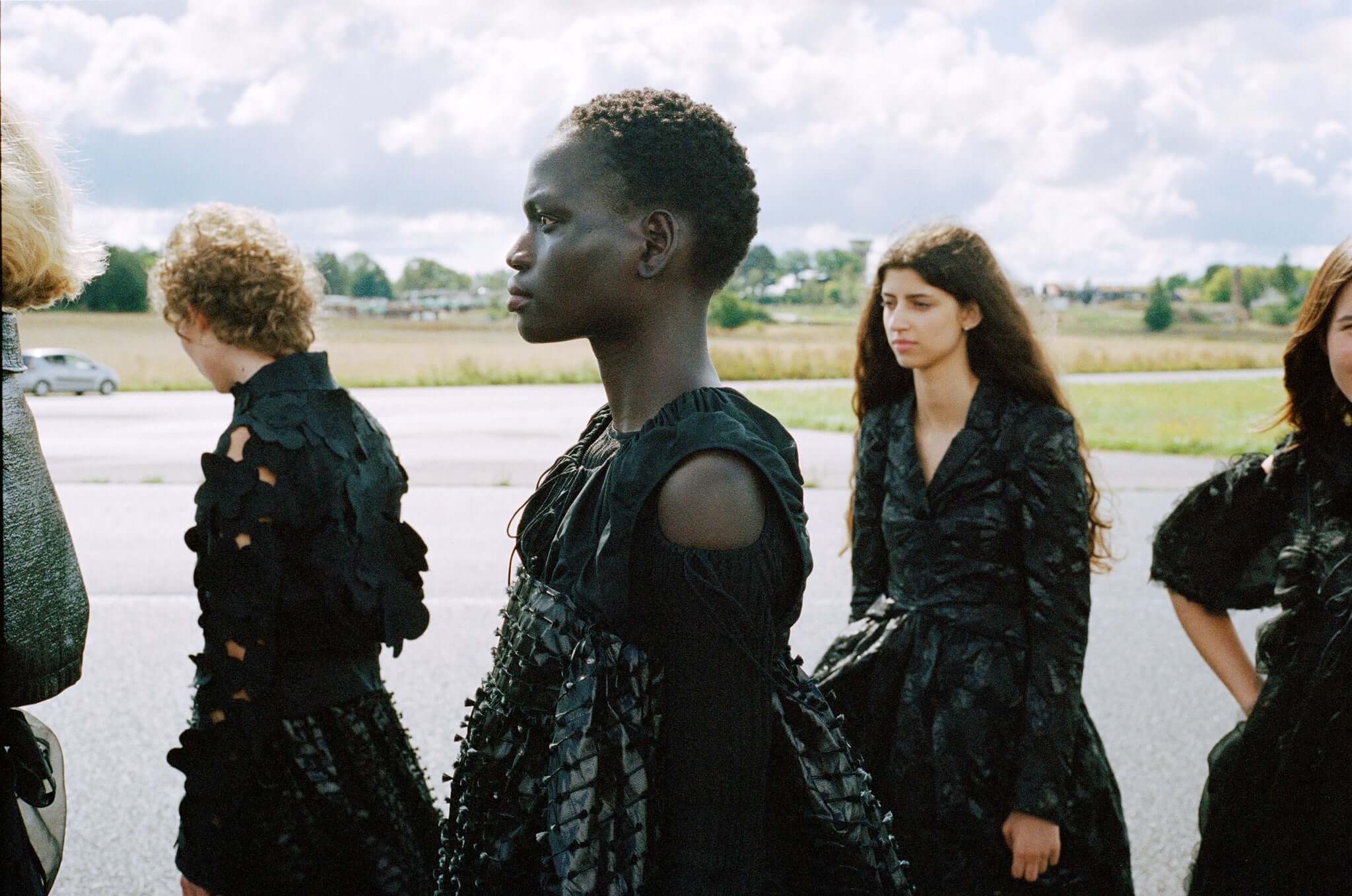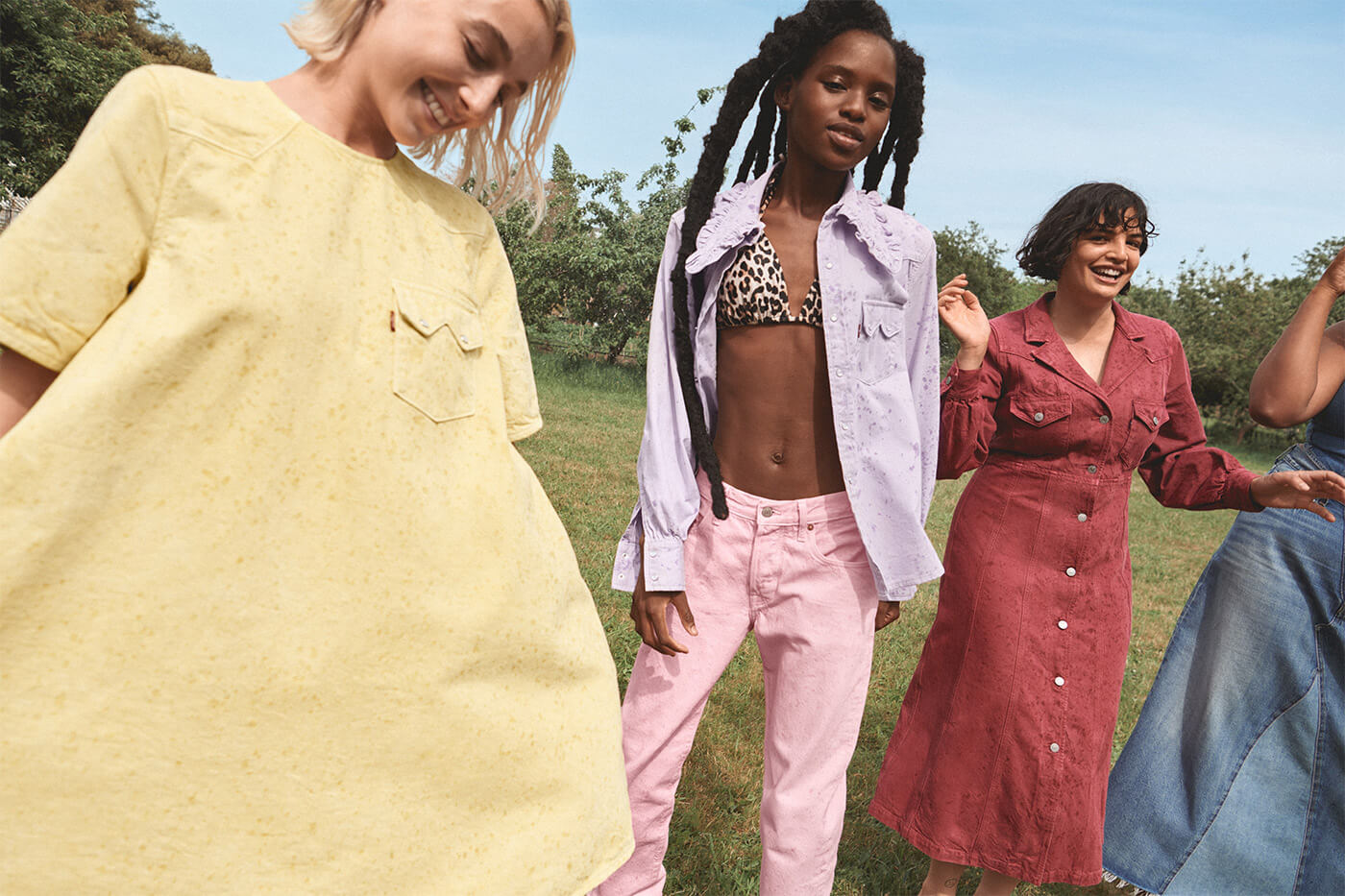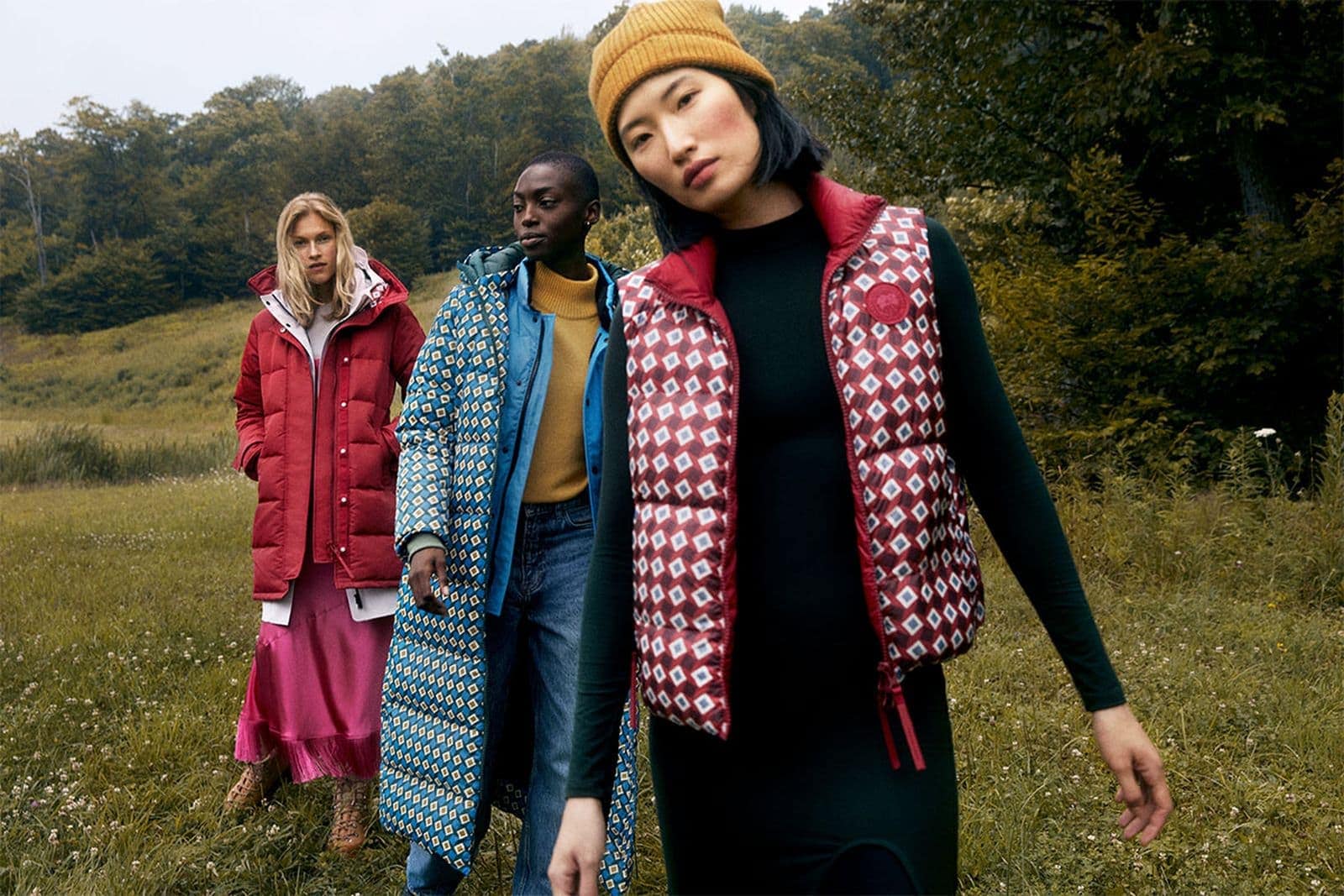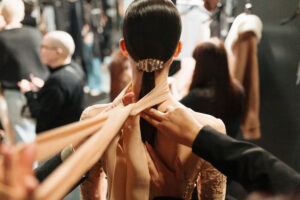I remember when I was a child, every first Sunday of the month, my grandmother and I would visit a large market in a nearby town. It was a special occasion to share with family, and as the only granddaughter, I always came home with a little gift from the experience. When I was growing up, my best friend’s mother often visited different markets in the area during the week, and she would frequently pick up something for me and my brother, as well as for her own daughters.
Market-bought clothing was a staple of my wardrobe while I was growing up. Now, at almost 30, I’ve noticed how going to the market has become a trendy and relevant practice, particularly among younger generations (younger than me—sorry, Grandma!). Friends suggest visiting markets on Saturday mornings, checking out antique fairs held monthly, and exchanging tips to enhance the shopping experience.

However, visiting and, more importantly, shopping at the market is far more than just a retail experience. It’s an opportunity to save money while making an environmentally sustainable choice—curating a wardrobe filled with unique, second-hand pieces that help combat (hopefully) overproduction. Choosing to buy from flea markets means actively participating in the much-needed transformation of the fashion industry—and, by extension, embracing a more conscious lifestyle.
Additionally, this aligns with the rising “thrifting” movement—seeking out rare, original, or unique finds at markets, second-hand shops, or antique fairs while saving money. This has become a true green movement, especially on social media, where creators and individuals showcase their market purchases, amplifying the message of affordability and individuality in contrast to the mass-produced styles driven by fast fashion. Unsurprisingly, markets, thrift stores, and fairs are becoming the preferred shopping channels, particularly among Gen Z, who exhibit a stronger commitment to sustainable fashion.
If you want to join the movement, here are some useful tips and insights to make the most of your market experience—whether you’re exploring on your own, with friends, or sharing it with your social community. The more we talk about it, the more this revolution grows, and the more we contribute to positive change in our shopping habits.

UNIQUENESS & QUALITY
Fast fashion has conditioned us to buy frequently and in excess, fostering a culture of overconsumption with little regard for its impact on the planet and the people involved in production, especially workers. Low prices create the illusion of saving money, but poor quality forces us to keep buying more due to the limited durability of these garments. Markets, on the other hand, offer greater chances of finding well-made clothing designed to last—especially vintage and one-of-a-kind pieces that stand out precisely because of their uniqueness.
SAVINGS & SUPPORT
Markets provide an opportunity to purchase branded and non-branded clothing, accessories, design pieces, and antiques at prices significantly lower than new items. Additionally, these shopping venues are often organized by small businesses, independent sellers, or associations. Purchasing from them supports a more ethical and sustainable economy based on reuse and circular commerce, reducing waste and giving objects a new life.
ENJOYING THE EXPERIENCE
Visiting markets is a holistic experience: wandering through stalls, browsing stands, chatting with vendors, and stumbling upon unexpected treasures offers a kind of satisfaction that traditional shopping simply cannot replicate. Finding a great deal or a unique item—especially one with a history—makes the experience even more rewarding.

ORGANIZATION & PATIENCE
Being well-prepared is a crucial advantage. First, timing is everything—early arrivals secure the best finds. Another key strategy is to take the time to browse as many stalls as possible rather than stopping at the first ones or making hasty decisions. Thoroughly inspecting items before purchasing is essential to check for any defects and ensure their quality. So don’t be discouraged or rush—patience pays off. And most importantly, don’t forget to bring cash, as many vendors may not have card machines in the quaint, rustic setting of a market.
CREATIVITY & PRACTICALITY
Market shopping doesn’t always guarantee that you’ll find exactly what you’re looking for—it lacks the predictability of a store visit. However, this “disadvantage” can work in your favor by encouraging creativity, especially if you have a clear inspiration (Pinterest can be a great tool for this). This approach helps save time and money, avoiding unnecessary purchases. As for your outfit, opt for something practical and comfortable, ideally layered, since changing rooms are often unavailable. And don’t forget the ultimate accessory: a tote bag—to carry all your fabulous, sustainable finds home!






What do you think?